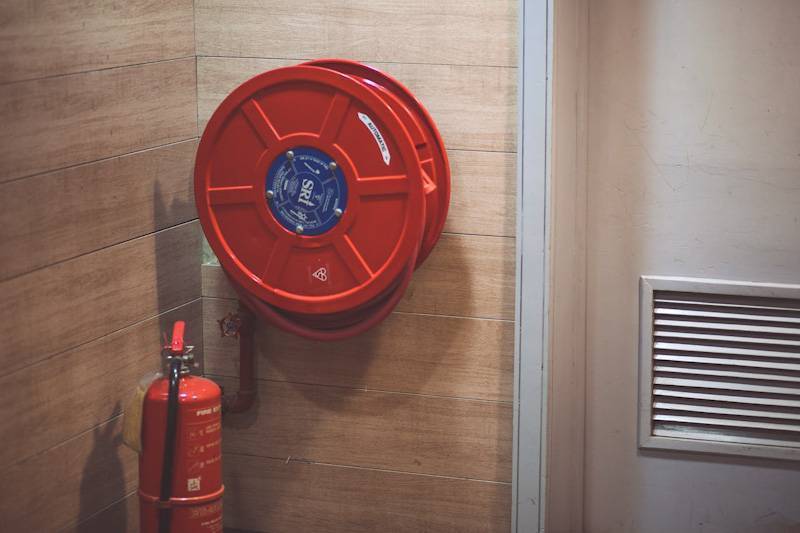The commercial real estate market in India is seeing impressive growth in 2024, particularly in the office space leasing segment. According to a report by JLL, office leasing across the major cities in India reached 53.43 million square feet from January to September 2024. By the end of 2024, gross leasing activity is projected to reach 70 million square feet, surpassing last year's all-time high. This growth reflects a robust demand for office spaces driven by global corporate expansions, domestic business activity, and the rise of flexible working spaces.
The Leading Cities in Office Leasing Activity
Bengaluru continues to lead the charge in office leasing activity, contributing a remarkable 24.6% share of the total leased space in the third quarter of 2024. This leadership is closely followed by Delhi NCR, which holds a 23.1% share. Together, these two cities account for nearly half of India’s total office leasing activity. Mumbai contributed 15.6% to the overall market, while Hyderabad accounted for 14.9%. Pune and Chennai followed with shares of 14.8% and 5.6%, respectively. Kolkata held a modest 1.4% of the leasing activity. Together, these seven cities represent the majority of gross leasing activity in the Indian office space market.
Growth in Net Absorption
Net absorption, a crucial indicator of real demand for office spaces, stood at 12.16 million square feet in Q3 2024, reflecting a 14.9% growth compared to the same period in 2023. This growth showcases the increasing demand for office spaces, particularly in the technology, financial services, and manufacturing sectors. Bengaluru leads in net absorption, holding a 34.1% share, followed by Delhi NCR, Mumbai, and Pune. The nine-month period saw net absorption grow by 19% year-over-year, hitting 31.03 million square feet.
Net absorption indicates the amount of office space occupied by businesses after deducting vacated spaces. The surge in net absorption demonstrates that even as businesses vacate spaces, new ones are quickly taking their place, underscoring the demand for high-quality office properties in India’s top cities.
Global Corporates and Domestic Occupiers Drive Demand
Global corporate expansion continues to be a key factor in India's office leasing market. In the third quarter of 2024, global occupiers accounted for a significant 56.8% of gross leasing volumes. For the period from January to September, their share stood at 55.5%. India remains a favored destination for multinational corporations looking to establish or expand their global capability centers (GCCs), tech hubs, and back-office operations. The quality of India’s workforce, competitive office rental costs, and favorable government policies are driving this trend.
However, domestic occupiers are not far behind, maintaining a 44.5% share of gross leasing in the first nine months of 2024. The post-pandemic period has seen a rise in domestic companies’ demand for office spaces, particularly in sectors such as financial services, manufacturing, and technology outsourcing. This resurgence in domestic demand is a marked improvement from the 2017-2019 period when domestic occupiers held only 35% of the total leasing market share.
The Rise of Flexible Workspaces
The office leasing market is evolving, with flexible workspaces (also known as flex spaces) emerging as a dominant occupier category in the third quarter of 2024. Flex spaces accounted for 22.0% of leasing activity, surpassing the tech sector, which came in at 17.9%. This shift reflects changing workplace dynamics as companies increasingly adopt hybrid working models, allowing employees to work from both home and office. The flexibility offered by these spaces is appealing to businesses seeking cost-effective, scalable solutions.
Over the January-September 2024 period, the tech sector remains the largest occupier with a 24.4% share of total leasing activity. Flex spaces, however, are quickly catching up with a 19.2% share. Other major occupier segments include the BFSI (banking, financial services, and insurance) sector, which accounted for 17.8%, and manufacturing/engineering, which held 16.8%. The growing demand for flex spaces highlights a fundamental shift in how businesses view office space requirements in a post-pandemic world.
Market Outlook and Future Trends
The office leasing market in India is thriving, fueled by the growth of global corporations, domestic business expansion, and the rise of flexible workspaces. With leasing activity projected to hit 70 million square feet by the end of 2024, the future looks bright for India’s commercial real estate sector. Bengaluru, Delhi NCR, and Mumbai remain the leading cities, offering a dynamic mix of tech, financial services, and flexible workspaces. As businesses continue to evolve in a post-pandemic world, the demand for adaptable, high-quality office spaces will drive the market's expansion for years to come.









.png)